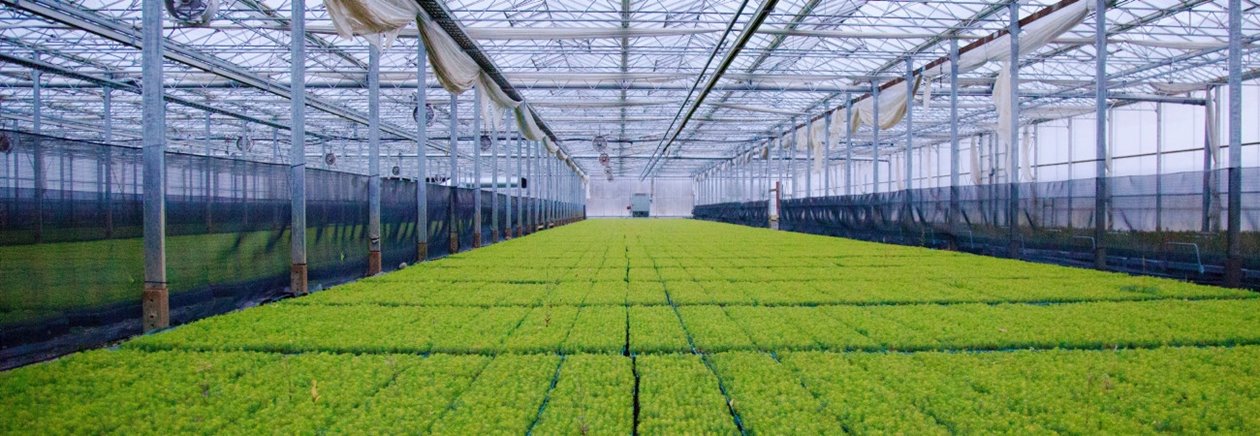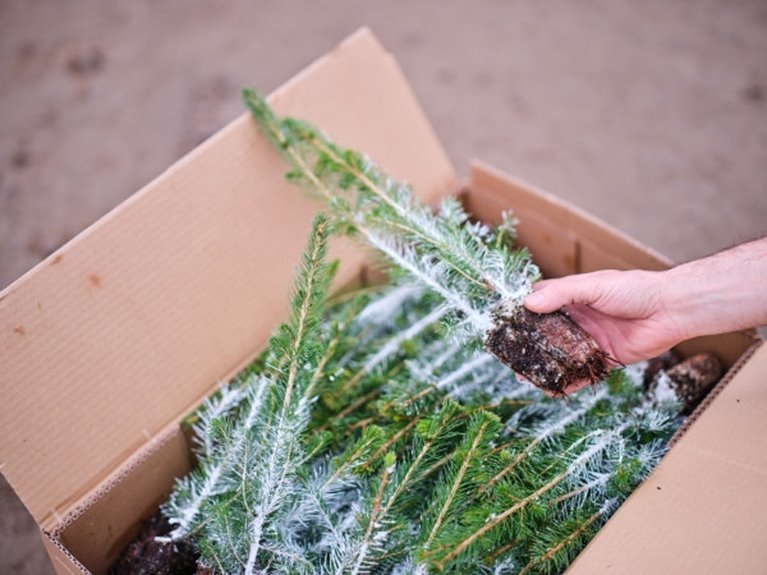A year in the life of our forests

We continue to bring you a snapshot of life in a typical forest estate owned by one of our 52,000 members. Jonas Larsson is our guide through the year. Managing Director of Södra Cell GmbH and Senior Advisor Forestry, he has been a Södra member for eight years with a plot of 20 hectares, just under half the size of an average Södra forest estate. His wife previously owned a Södra forest that was in the family for four generations, now managed by her brother.

February
“Our main job this month is to order the seedlings that we need from Södra’s nurseries, so we are ready to plant in the Spring. We’ve already prepared the soil, that was done last Spring, and we’ve mapped out what we want and where. In my case, one to two hectares will be planted this year. More than 90% of members’ seedlings come from Södra and any unusual request not grown by us can be sourced through the company. There’s also a choice when buying from Södra of premium seedlings, propagated to deliver a 15-20 percent increase in yield, for example, but costing a little more up front.
This is long-term planning in action. When thinking about what to plant, like all Södra members, I’m thinking about what the forest will look like in 60-70 years as that’s the cycle. What would my grandchildren like this stand to be? Which combination of trees will be most effective to achieve that vision?
My Green Plan, drawn up with Södra, forms the starting point as it details the productivity of each area, maps where is wettest/driest and to some extent which areas should be set aside etc. For some soil, spruce might be a better fit than pine, for example. Some areas could also be left for natural regeneration of broadleaved tree species such as birch, good both for wood production, biodiversity and wildlife. Near the house, we might plant more aesthetically pleasing combinations to attract higher biodiversity.
In all cases, the idea is to favour species best suited to the site while abiding by the balance and quotas set out by FSC, and to consider which combinations work best as far as Swedish end-products are concerned.
Södra provides the expertise, in addition to the member’s own experience and vision, to ensure planning is fit for the future, advising, for example, on planting to adapt for a climate change. Small-scale planting is a patchwork with several sites treated differently within one stand. It’s one of the reasons owning a small forest is so rewarding.”
Show all content for topic
Subjects: Pulp
